I don’t know what caused it or when raising quail became a hot topic, but I’ve definitely noticed an influx of interest. My first interaction with these beautiful birds was over 12 years ago. I was apprenticing at an organic homestead where we prepared fresh food baskets for the market.

I was surprised at how small and docile quail were compared to other poultry breeds we had handled. At the time, I still preferred my chickens and ducks. It wasn’t until the last several years that we considered introducing quail to the homestead.
Eggs
I’ve lost track of how many people started raising backyard birds for the almighty egg. Whether it’s the dream of walking to the henhouse in muck boots and a robe with a hot cup of coffee, saving money, lessening a carbon footprint, or a hobby — it starts with the egg.
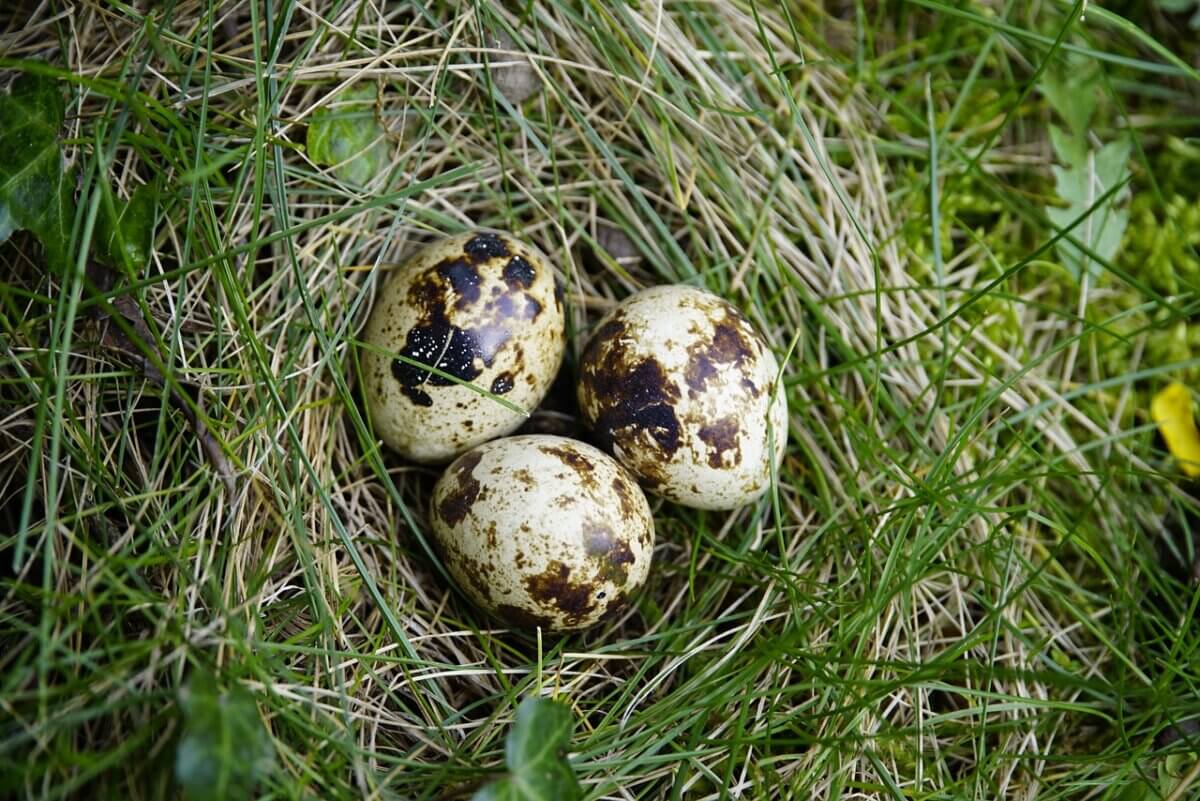
Did I just answer an age-old question?
There are several aspects to consider regarding the difference between quail and chicken eggs.
Egg Size
Does size truly matter? Chicken eggs range from small to extra large. Quail eggs are much smaller than small chicken eggs. Three quail eggs equal one chicken egg.
Egg Production
Patience might be a virtue, but quail lay eggs sooner than chickens.
While the size difference might seem disappointing, quail lays eggs as young as 6 to 8 weeks. You’ll have to wait until a chicken is 4 to 8 months old before seeing any productivity.
Most chicken egg production slows in the winter because we experience less daylight. In contrast, quail can produce eggs consistently year-round.
Flavor and Nutrients
Are you for nutrients, flavor, or both?
I know quail eggs are tiny (FYI, quail egg scissors are a great idea), but they bring more nutrients to the table. One quail egg can give our body a significant portion of vitamin B12, not to mention selenium and riboflavin. Again, they might be small, but they are flavorful. In fact, chicken and quail eggs taste nearly identical.
Meat’s on the Menu
Many people raise quail for the meat. Although they are smaller than chickens, they still have much to offer.
Flavor Sensation
Where are my dark meat lovers? Quail tastes similar to the dark meat of chicken (many describe the flavor as between duck and chicken, leaning more toward chicken). However, I find it more flavorful especially when cooked over an open flame.
Nutritional Value
An in depth nutritional comparison shows us that chicken and quail have about equal amounts of vitamin D, magnesium, potassium, and manganese.
Chicken takes the lead with vitamins B3, B5, E, K, and choline. It also contains higher amounts of selenium and calcium, and offers more protein and fats than quail.
But quail meat has quite a bit more nutritional value. It is higher in vitamins A, B1, B2, B6, B12, C, and folate. Quail contains higher levels of copper, iron, zinc, sodium, and phosphorus. It contains more water than chicken.
Processing for Meat
Quails are generally ready for processing around eight weeks, and that’s when they start laying eggs. Processing quail is easier than larger poultry.
The actual process is similar, but I’m sure you can imagine that the size difference comes into play. Also, quail is often cooked whole, whereas many people break the meat down by piece with larger birds.
Space Requirements for Quail vs. Chickens
It depends on the breed. Naturally, the larger the bird, the larger the space requirement. When comparing the size of chickens and quail, it’s a matter of pounds verses ounces. For instance, a full-grown bantam chicken (smallest of breeds) averages about 2 to 3 pounds, while some quail weigh in at 3 to 5 ounces. Jumbo quail, however, average about 14 ounces.
One rule of thumb says that every quail needs at least a square foot of living space to be happy and thrive with more. Space needs will vary depending on the type (for instance, the amount of space in the coop versus a run).

Chickens will require a bit more space than quail. Chickens require 4 square feet of space in a coop and at least 8 to 10 feet per bird in a run. That’s quite a difference in size.
That said, quail naturally require smaller living quarters and space in general.
Feed Requirements of Quail vs. Chickens
For starters, quail require somewhere between 24% to 30% protein in their diets, while chickens only need 16% to 18%.
You’ll want to look into game bird and pheasant feed since quail are game birds. Of course, they can and will enjoy all sorts of treats. Both quail and chickens like and need various scratch grains.
- Oats/Groats
- Millet
- Quinoa
- Milo
- Cracked Corn
As ground birds, both quail and chickens forage the open lands and are omnivores. You will notice they eat similar greens, seeds, and insects
Let’s talk proportions. Adult quail eat an average of 7 to 14 grams of feed daily, while chickens consume around one-quarter pound.
Quail feed is typically more expensive than chicken feed because of increased protein requirements. This is especially true with quail starter feed. You’ll have to check the numbers in your local area and do the math to see the cost difference.
In my area, I can get a 50-pound bag of chicken scratch for as low as $16, whereas quail feed begins around $20 to $25. When comparing the two proportions, 24 quail can be fed 14 grams on what feeds a single chicken. I’d say the cost evens itself out in that sense.
Quiet Quail vs. Barnyard Blusters
Quails sound more like songbirds, while chickens often sound like miniature dinosaurs. Don’t get me wrong, chickens make many adorable coos and purrs, but in general, chickens are louder than quail. One of the biggest challenges people face is unhappy neighbors complaining about roosters crowing and the hen’s egg songs.
I won’t say quails can’t get noisy. When several males make calls, the noise levels increase, which can become annoying. I don’t mind my little t-rexes running around roaring, but the quail songs are more soothing.
Maturation Rates of Quail vs. Chickens
Quails are smaller and mature faster than chickens. Within 6 to 8 weeks, most quail have reached their full size and begin egg production. Chickens can take several months to reach full maturation. Broiler breeds take 16 to 20 weeks to get full size, with other chicken breeds taking up to 24 weeks.
Quail eggs hatch more quickly than chickens do. Chickens take about 21 days with quail only requiring incubation for 17 to 18 days.
Some Complications and Drawbacks
Regardless of how good or fun anything can be, there are always drawbacks and complications.
Free-Ranging Options
I prefer to let my animals free-range if and when possible. Unfortunately, it’s not safe to let quail have free range to the great wide open. They’re small birds and make easy prey.
While many chickens have big attitudes, quail are skittish and timid. The best thing to do is to provide quail with a large outdoor enclosure so they can roam around without getting picked off by a hawk or snake.
Another option is to make a quail tractor and move it around the yard throughout the day.
Licensing and Permits
I highly recommend checking the state laws about raising, breeding, or selling quail. I learned that a permit is required to raise bobwhite quail in my state. While in other states, folks need a permit to possess any quail species. The rules/laws vary, so before jumping in, it’s wise to do some research.
You can learn more by visiting the U.S. Fish and Wildlife Service or your state’s Game and Fish Commissions.
Conclusion
Raising quail has various benefits.
- Quail eggs are more nutritious than chicken eggs.
- Quail meat is more nutritious than chicken meat.
- Quail is easier to process for meat than chicken.
- Quails are smaller than chickens and require less space and feed than chickens.
- Quails are generally quieter than chickens.
- Quails mature quicker than chickens.
And in the end, you don’t have to choose one type of poultry over another.
Keep an eye out for more quail content coming your way soon. Happy Homesteading, y’all!





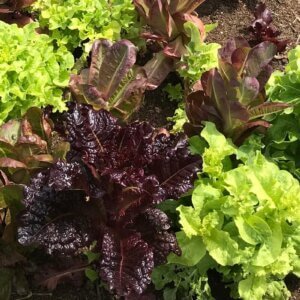

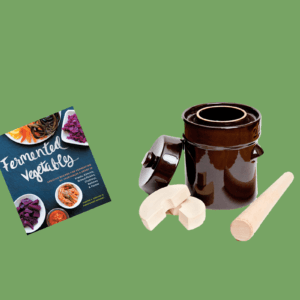



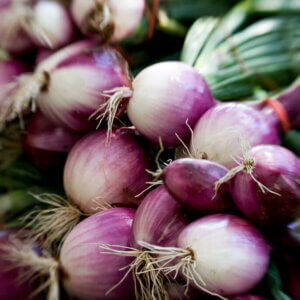






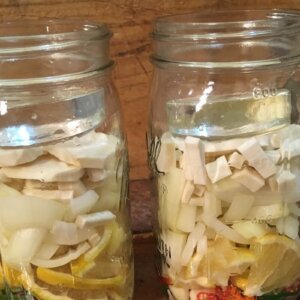
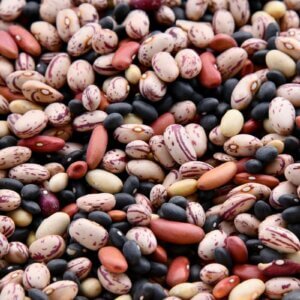

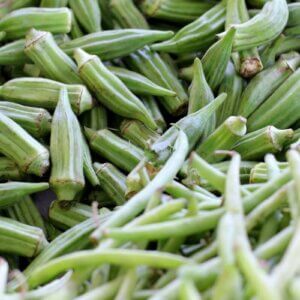


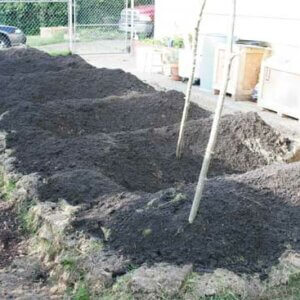



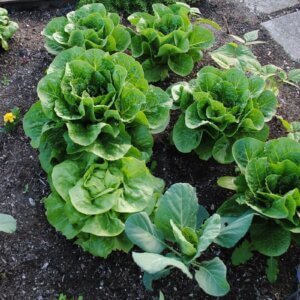






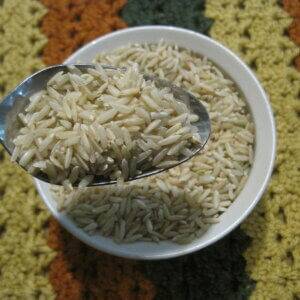
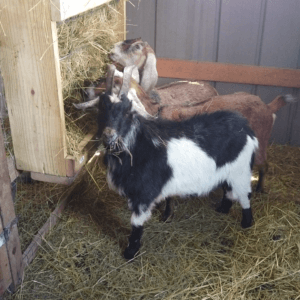
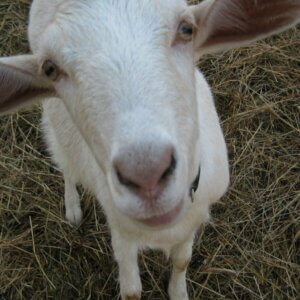


Leave a Reply